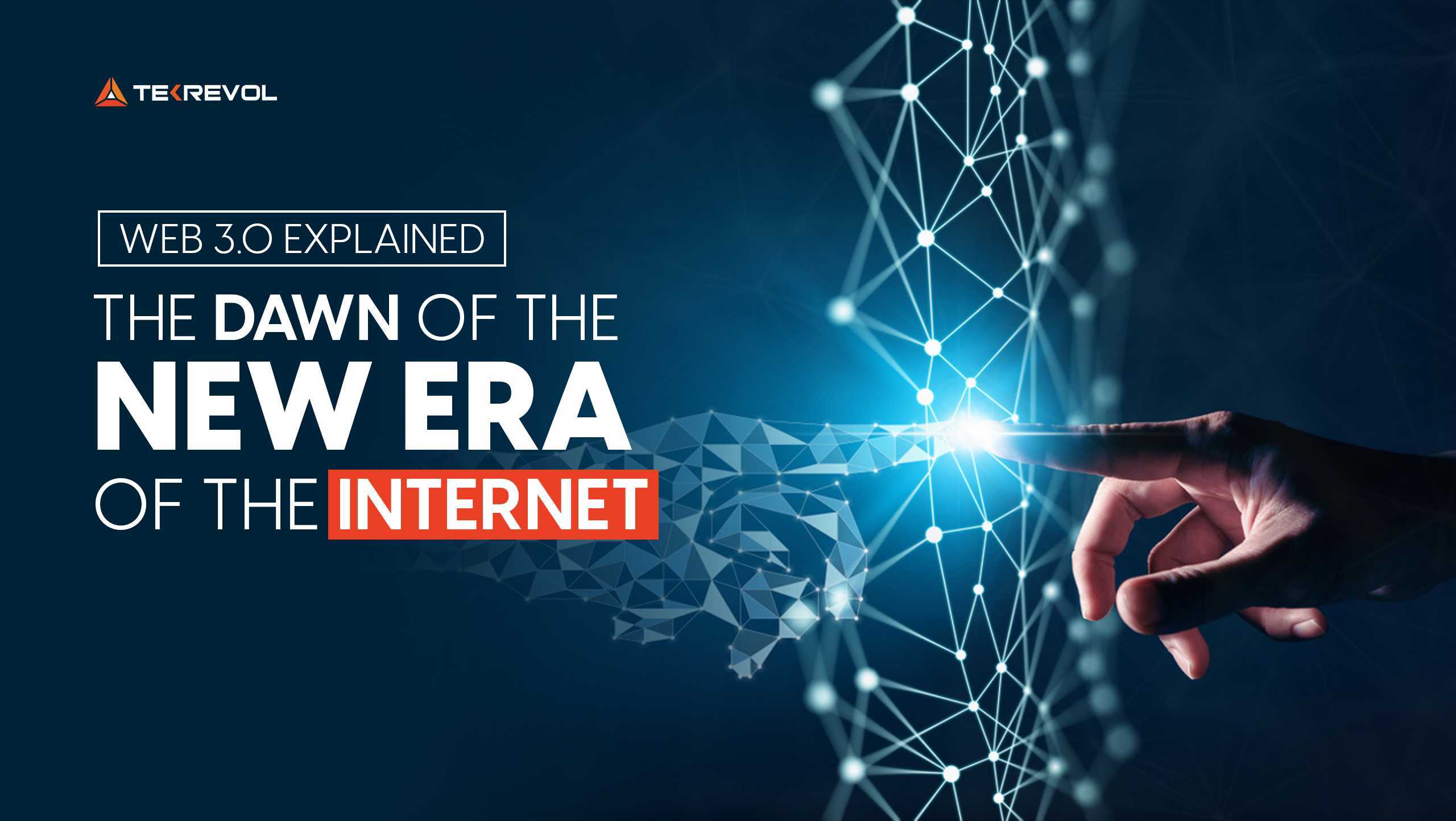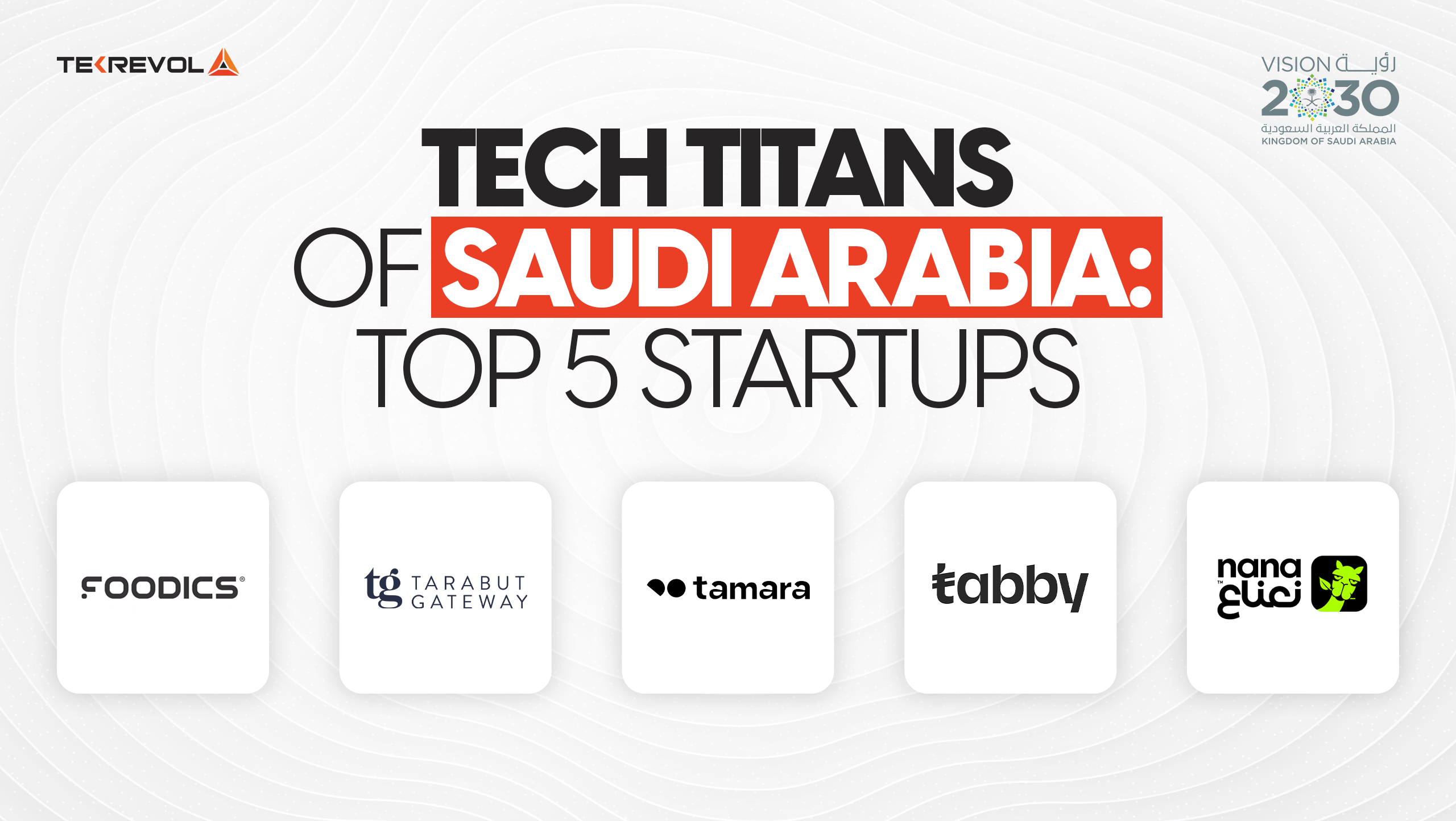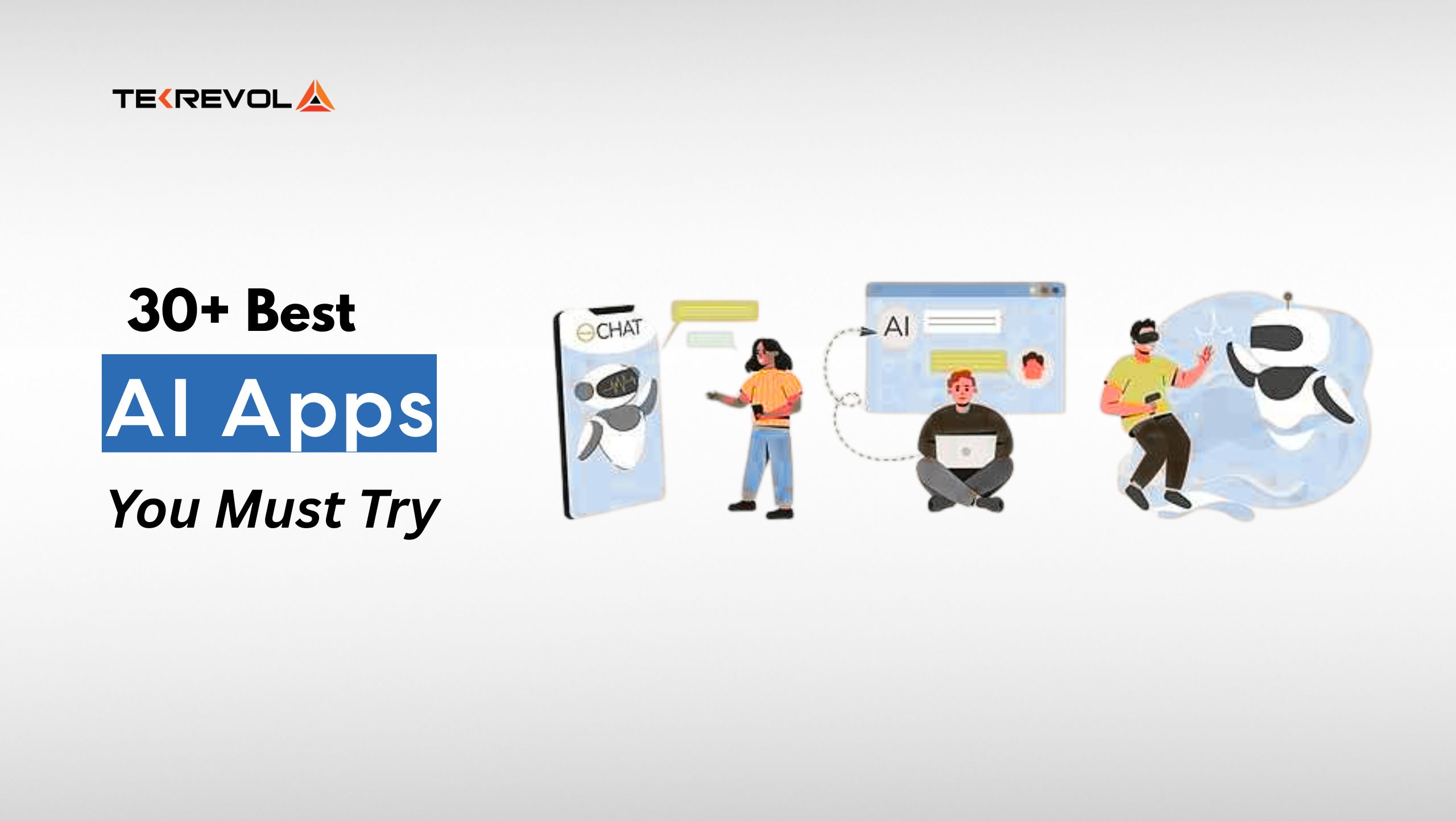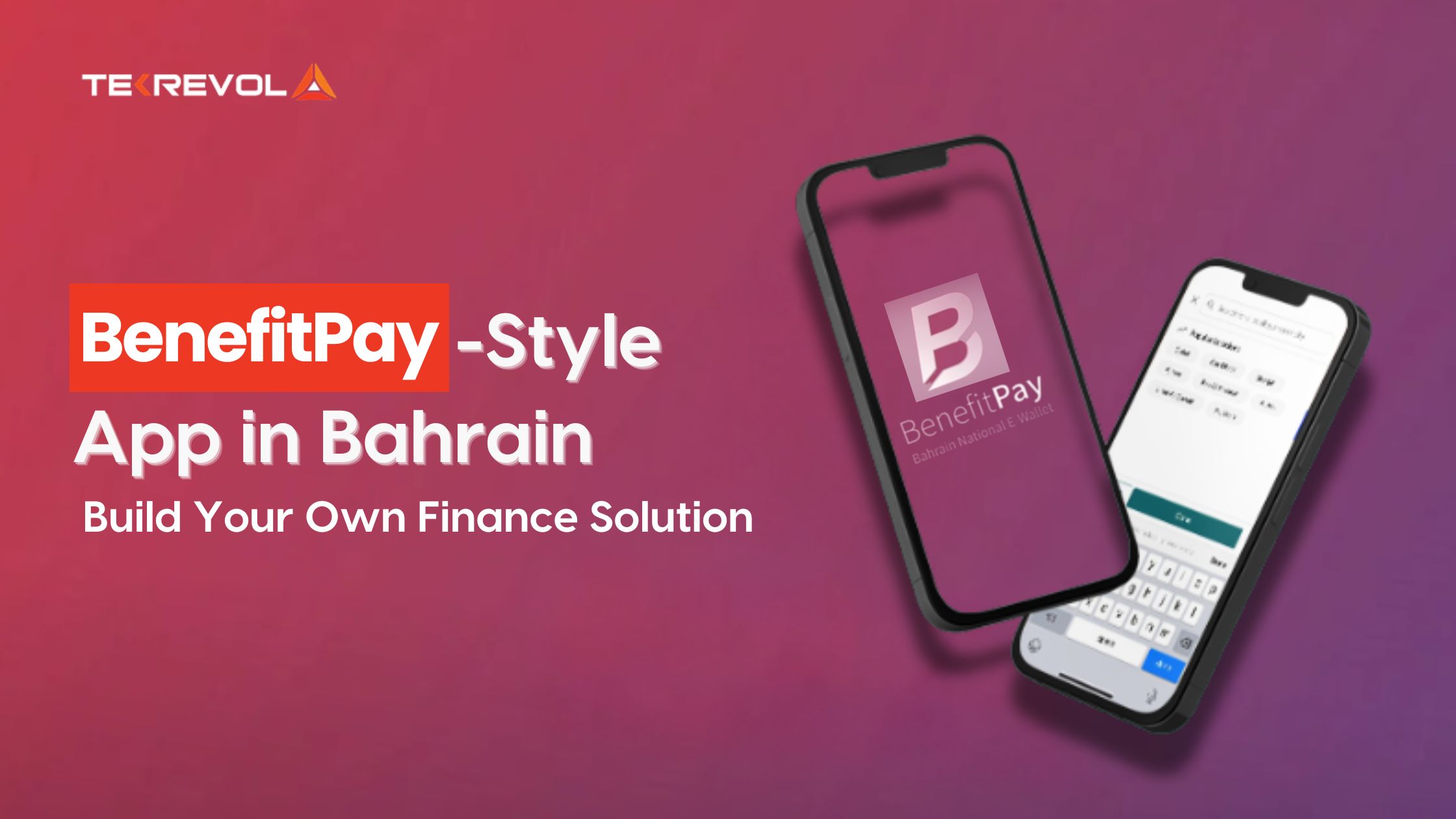Do the buzzwords like semantic web and peer-to-peer leisure haunt you every time you browse to understand web 3.0 examples and concepts?
Welcome to the ONLY jargon-free and laymen-oriented guide to Web 3.0 Explained!
This blog will explain web 3.0, covering topics like the evolution of the web since the inception of the internet, the modern internet monopoly, and the need for web 3.0.
It will further cover how it is interrelated to Web 3.0 Metaverse and Crypto – along with the Web 3.0 examples and scope for startups and entrepreneurs, to everything you need to know about web 3.0.
Web 3.0 Explained: The Evolution of the Internet
Web 3.0 is a notion of a decentralized web that eliminates the need for third-party intermediaries like Google and Meta to surf the internet.
But before we go into further details about this new web, let’s look at how the internet evolved over the years, from web 1.0 to web 3.0.
Web 1.0
Tim Berners-Lee coined “Web 1.0” for the earliest version of the World Wide Web in 1989. This was the ‘read-only’ version of the internet where users could only consume the content available on the internet.
Here’s a picture of what Apple’s website used to look like in the days of Web 1.0.

As the internet gained popularity over time and more and more people started using it, the early inventors and contributors of the internet felt the need to turn it into something more interactive and inclusive. This idea led to the foundation of what we know today as Web 2.0.
Web 2.0
Tim O’Reilly, back in 1994, coined the term ‘Web 2.0’ for this read-write version of the internet that we are using today.
Before the advent of web 2.0, the internet was a mere source of information, just like newspapers, where people could access the latest information about what was happening worldwide.
Web 2.0 empowered people to create content for this new version as a read-write version of the internet.
This era marked the beginning of social apps like Facebook, Twitter, and Instagram, which took the internet by storm. Search engines became popular. Email and hosting services started attracting millions of users. New, user-centric web technologies were introduced to make the internet more interactive and engaging.
The concept of creator-driven internet became popular, and people started making fortunes by simply creating content for the internet.
The Problem with Web 2.0
As content consumption increased drastically over the years, companies like Google and Facebook had already become monopolies in their respective domains. With nearly 8.5 billion searches made on Google daily, businesses started purchasing personal information about specific demographics from Google worth billions to target their products to a relevant audience.
And it was not just Google! Facebook, Instagram, and other internet monopolies were no different. Everything was getting sold from information like what you ate yesterday, where you went shopping last week, and even where you plan to celebrate your birthday the next month.
The breach of privacy, combined with other severe concerns like tracking users’ financial spending and paying commissions to an intermediary organization, paved the way for the new dawn of the internet, which we know today as Web 3.0.
Web 3.0

The Founder of Ethereum and Polkadot, Gavin Wood, is also the founder of Web 3.0, a decentralized ecosystem of the internet built on Blockchain. Although the concept of web 3.0 dates back to 2014, it gained popularity in the early 2020s.
Web 3.0, or the modern web, is a concept of a decentralized internet where users have complete authority over their data.
Let’s take the example of a web 3.0-enabled internet browser like Brave or Osiris. Users get two options – either refuse the browser to store their personal information or make money from it by allowing a specific degree of their information to be shared with relevant advertising companies.
It uses Blockchain as an integral part of the development and leverages artificial intelligence and machine learning to deliver a seamless and direct browsing experience.
Although Web 3.0 has many distinctions from its predecessor, decentralization is the core difference between these webs.
Why do We Need Web 3.0?
The internet is suffering from a monopoly crisis.
The internet is centralized, and a few conglomerates have complete authority over it. For example, the Google Search engine dominates nearly 94% of the search engine market globally. It single-handedly controls which content to rank on top for specific keywords and which to hide from the users.
Similarly, Amazon controls nearly 60% of the ecommerce market, accounting for over $440 billion in retail purchases annually in the US alone.
The dawn of the internet optimism is breaking. Monopoly has become the watchword of the business world, and the internet is no longer immune from it.
Technology conglomerates have trapped a previously open system and decentralized it into a series of divisions that reinforce corporate control and weaken social dialogue. The surviving monopolies have unprecedented authority to rule sizable online groups with hardly any scrutiny.
Web 3 & the Death of Internet Monopoly

When all three social networking platforms (Facebook, Instagram, and WhatsApp) of Meta faced an 8-hours outage back in 2021, the world started realizing the threat of a centralized internet.
And then, the recent Russian-Ukraine conflict made several conglomerates like Amazon, Meta, Netflix, Microsoft, etc., pull out from Russia, depriving millions of Russians who did not have any part in the ongoing conflict.
These events further fueled the need and development of top Web 3.0 examples for a decentralized version of the internet where no single entity could control it.
Tech giants such as Google, Meta, and Amazon will undergo significant changes, shifting their business models from actively spying on their users and selling their personal information to advertisers to something meaningful and far less evil.
Web 3.0 Examples—Blockchain, Crypto, NFTs & Metaverse
Blockchain, crypto, NFTs, and Metaverse are all subjects that require their guides to comprehend the idea behind them. However, here’s a brief outlook on their roles in Web 3.0:
Blockchain
The whole Web 3.0 is built using decentralized Blockchain networks. It is used as the building block to create a sustainable, decentralized ecosystem of Blockchain nodes and servers.
Crypto
Crypto, or specifically Web 3 Crypto, is a new wave of cryptocurrencies that enables the execution of real-world financial transactions on Blockchain technology without external, third-party assistance.
Metaverse
Web 3.0 Metaverse is a fascinating concept of a virtual world where people can interact with friends and colleagues, purchase products, build communities, and more.
NFTs
Non Fungible Tokens (NFTs) are digital assets built on Blockchain that can be exchanged for other digital assets and perks in a Metaverse.
Web 3.0 & Decentralized Autonomous Organizations (DAOs)
Unlike Web 2.0, Web 3.0 is regulated by decentralized autonomous organizations (DAOs).
DAO is a staple of the modern web, providing a comprehensive and democratized management structure. Instead of a central authority to govern, DAOs have a distributed network of token holders to make and execute decisions.
Web 3.0 Examples
Below are the most famous examples of web 3.0 that you must have heard of.
Decentralized Apps
Decentralized apps, or DApps, are groundbreaking approaches to creating android applications for the new web that dispense with centralized mediators by leveraging Blockchain technology.
DApps eliminate the need for intermediaries and mediators and connect users with vendors using Blockchain for safer and direct interaction.
Let’s take the example of Uber, where users and drivers both pay a commission to Uber for every ride. In contrast, a decentralized ride-booking app connects drivers with passengers through a peer-to-peer network.
5 Popular Decentralized Apps
- Open Sea
A marketplace for trading digital art and NFTs.
- Arc8
A mobile gaming platform that rewards users for skills and efforts.
- Splinter lands
A play-to-earn card game based on NFT tokens.
- Step App
Combines finance and fitness with geolocation and Metaverse.
- Alien Worlds
An NFT Metaverse to compete in multiple gaming modes.
- Kick Start the Development of Your Decentralized App
- At TekRevol, we are committed to contributing to the modern, decentralized version of the internet by building remarkable Dapps for our clients and partners.
Smart Contracts
Smart contracts are decentralized contracts built on Blockchain technology. These contracts are the advanced version of traditional contracts that can’t be manipulated after activation.
Unlike traditional contracts, smart contracts don’t require an intermediary to monitor and regulate terms and conditions.
Most smart contracts are created using Etherium, a Blockchain technology that writes smart contract programs in Solidity (programming) language.
MetaMask
MetaMask is a cryptocurrency wallet enabling users to access the ecosystem of decentralized applications (Dapps).
It allows users to store account credentials, manage transactions, send and receive Ethereum-based tokens, and swiftly connect to Dapps through the built-in app browser.
Benefits of Web 3.0
Here are the five major benefits of web 3.0.
- Authority & Ownership
- Fewer Intermediaries
- Transparency
- Accuracy
- Uninterrupted Service
Authority & Ownership
Web 3.0 brings the read-write-own version of the internet, empowering content creators to have ownership of their content. Unlike Web 2.0, where content can be easily copied and replicated, all the content (referred to as digital assets) in Web 3.0 is verifiable.
Fewer Intermediaries
The decentralization of the internet cuts the mediators and saves both buyers and sellers from paying extra commissions to the intermediaries. With DApps, the transactions are made peer-to-peer, and not even the banks and the governments have to be involved.
Transparency
Users can trace their data and access the platform’s source code owing to the decentralized nature of the modern web. All parties concerned will constantly be aware of the value and the business they are linked to. Moreover, immediate access to all this information is available without a middleman.
Accurate Results
The search results are not influenced by who spends more on backlinking or who bids higher for the searched keywords and phrases – the decentralized web will use artificial intelligence and machine learning to enhance the browsing experience of users by providing accurate search results.
Uninterrupted Service
No concept of account suspension or service interruption due to network failure. It significantly eliminates the probability of disruption, as there’s no point in failure as the whole internet is decentralized into distributed nodes.
- Want to Scale Your Startup With Web 3.0?
- Book a free initial consultation session with our Blockchain experts to learn how you can scale your startup in this new era of the internet.
Web 3.0 vs Web 2.0—Myths Debunked
The idea of this whole web 3.0 and decentralized internet involves fancy words and jargon that few of us are aware of. Plus, the self-proclaimed web 3.0 experts have diluted the internet with examples and definitions that makes web 3.0 more complicated to understand.
Let’s bust some common myths related to Web 3.0.
Myth #1: Web 3.0 & Metaverse are the Same Thing
There is a misconception that Web 3.0 and Metaverse are the same thing. Although both terms are interrelated and often discussed together, both are entirely different.
The easiest way to clear this doubt is to think of Web 3.0 as a new, advanced version of the internet with entirely new technologies and capabilities and Metaverse as its small component.
Web 3.0 is a platform with decentralization at heart, encompassing Blockchain, crypto wallets, NFTs, and many more emerging technologies. In contrast, Metaverse can be explained as a virtual world where people can connect and interact with each other over the internet.
Myth #2: The Whole Web 3 is Decentralized
The decentralized web is a concept where no individual or technology conglomerate has the authority to regulate what users can and can’t do.
You can take the example of the cryptocurrencies like Ethereum and Bitcoin, where decentralization is at heart. Every user can track and validate borderless transactions on these platforms without involving any government.
Web3, however, is not entirely decentralized. It might come as a surprise, but some popular Web 3.0 platforms, like the Open Sea NFT marketplace and MetaMask wallet, are governed and regulated by specific individuals and organizations.
Although this idea of decentralization defines the concept of the new web, not every platform on Web3 is entirely centralized.
Will Web 3.0 become 100% decentralized in the upcoming years? Only time will tell.
Myth #3: Web 3.0 is Faster than Web 2.0
Experts have never claimed that Web 3.0 is faster than Web 2.0.
There’s no doubt that the new web will be more accurate and precise with artificial intelligence and machine learning. The web 3.0 platform will considerably improve search quality and eliminate spam and phishing sites, but will it impact the speed of the internet? No!
You can say that users will be able to find reliable content more quickly without getting interrupted by irrelevant results or ads. Still, Web 3.0 technology doesn’t have anything to do with the internet or browsing speed.
Is Web 3.0 Already Here?
Are you wondering why there is no evidence that we are progressively shifting to web 3.0 despite so much hype and blatant claims about the new web?
It is because the change is happening slowly, and the only difference is not how the new web looks or feels but how it works.
The backend is progressively changing, becoming more secure and decentralized every day!
Wrapping Up…
Although transitioning from Web 2.0 to Web 3.0 will not be an overnight process, the decentralized version of the internet will completely redefine our perspective of how we use technology.
Web 3.0 will address the shortcomings of Web 2.0, end the monopoly of tech conglomerates, enhance the browsing experience, improve search results, and eliminate the need for intermediaries.

 4347 Views
4347 Views October 18, 2022
October 18, 2022










